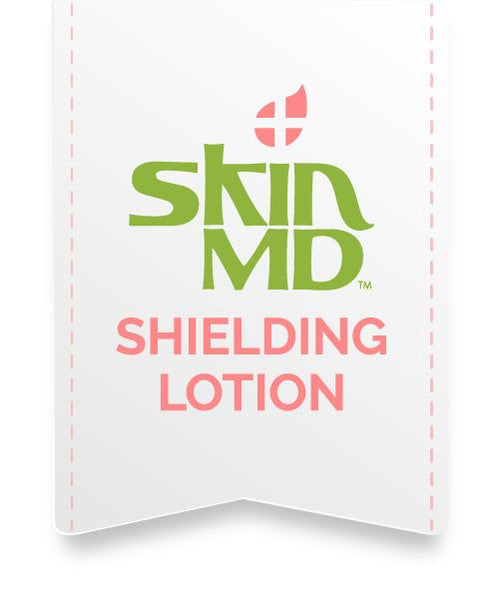Skin lesions are parts of the skin that have an abnormal appearance compared to the skin around it. They can be considered as primary or secondary, although the distinction isn’t always very clear. When you’re performing an assessment and describing any lesions you may come across medical terms such as these below. Use this as a glossary if you need.
Primary Lesions:
- Macule - a flat, no palpable circumscribed area (up to 1 cm) of color change that's brown, red, white, or tan
- Patch - a flat, no palpable lesion with changes in skin color, 1 cm or larger
- Papule - an elevated, palpable, firm, circumscribed lesion up to 1 cm
- Plaque - an elevated, flat-topped, firm, rough, superficial lesion 1 cm or larger, often formed by coalescence of papules
- Nodule - an elevated, firm, circumscribed, palpable area larger than 0.5 cm; it's typically deeper and firmer than a papule
- Cyst - a nodule filled with an expressible liquid or semisolid material
- Vesicle - a palpable, elevated, circumscribed, superficial, fluid-filled blister up to 1 cm
- Bulla - a vesicle 1 cm or larger, filled with serous fluid
- Pustule - which is elevated and superficial, similar to a vesicle, but is filled with pus
- Wheal - a relatively transient, elevated, irregularly shaped area of localized skin edema. Most wheals are red, pale pink, or white.
Secondary Lesions can be caused by disease progression, overtreatment, excessive scratching, or infection of a primary lesion:
- Scale - a thin flake of dead exfoliated epidermis
- Crust - the dried residue of skin exudates such as serum, pus, or blood
- Lichenification - visible and palpable thickening of the epidermis and roughening of the skin with increased visibility of the normal skin furrows (often from chronic rubbing)
- Excoriation - linear or punctuate loss of epidermis, usually due to scratching.
Look Out for Dry Skin
Between 59% and 85% of patients over age 64 have dry skin. More than 70% of patients who are hospitalized and 90% of nursing home residents over age 65 have dry skin. Many factors contribute to dry skin, including a low-humidity environment, the patient's personal habits (smoking, drinking alcohol, and poor nutrition), seasonal changes, chronic diseases, medications and skin cleaners. In long-term-care facilities, the most common skin problems are xerosis and pruritus. Xerosis is the most frequent cause of pruritus. The patient's skin may be scaly and rough, with dryness occurring over the lower legs, hands and forearms. Skin dryness isn't usually associated with a dermatologic condition or systemic disease. Scratching can cause excoriations, which can progress to secondary eczema or a skin infection.
Once you’ve assessed and documented the state of your patient’s skin, you can express an appropriate care plan to maintain skin integrity.

Comments (0)
Back to Skincare